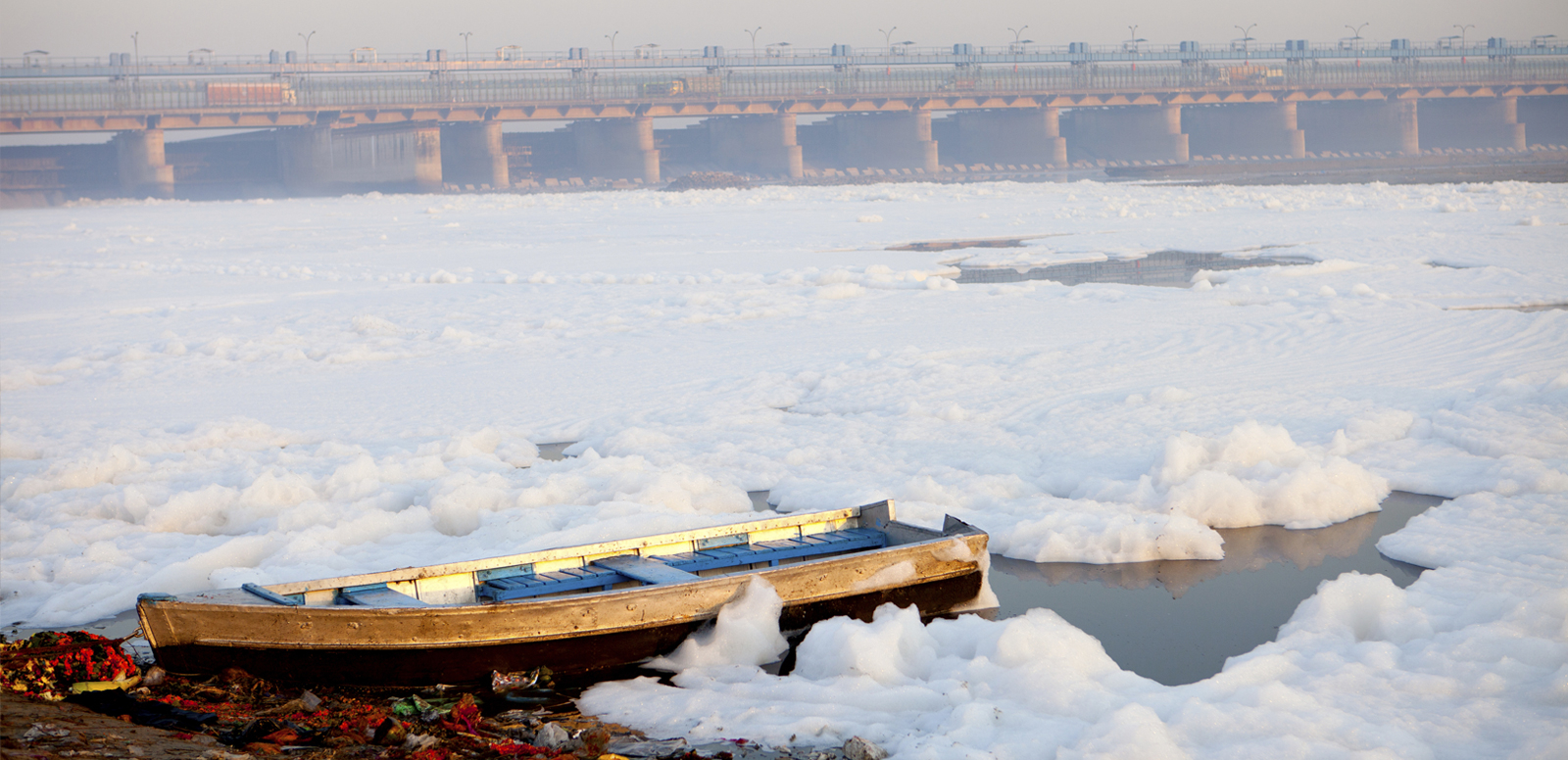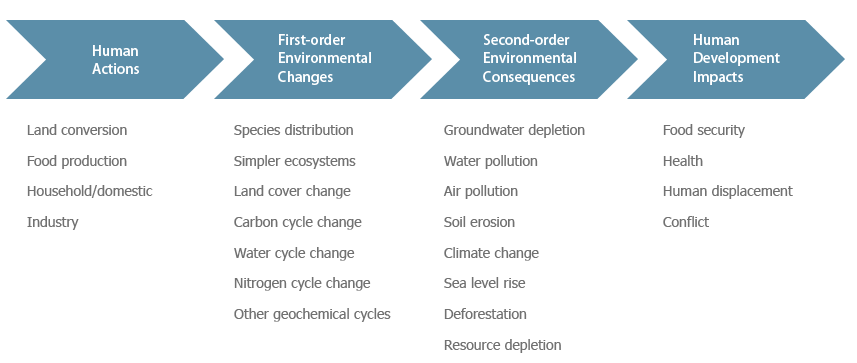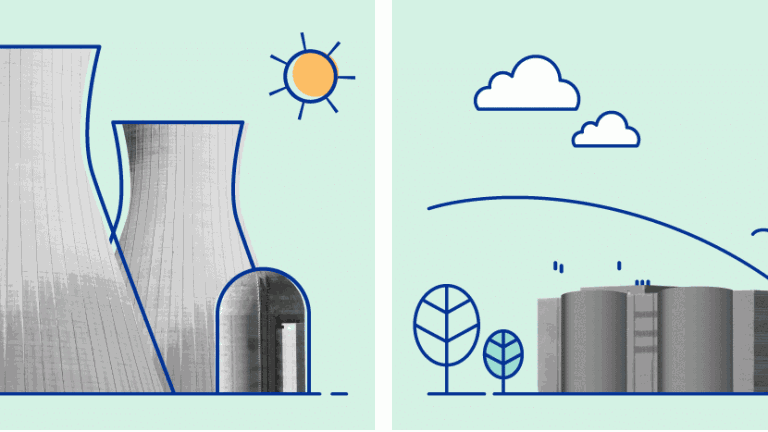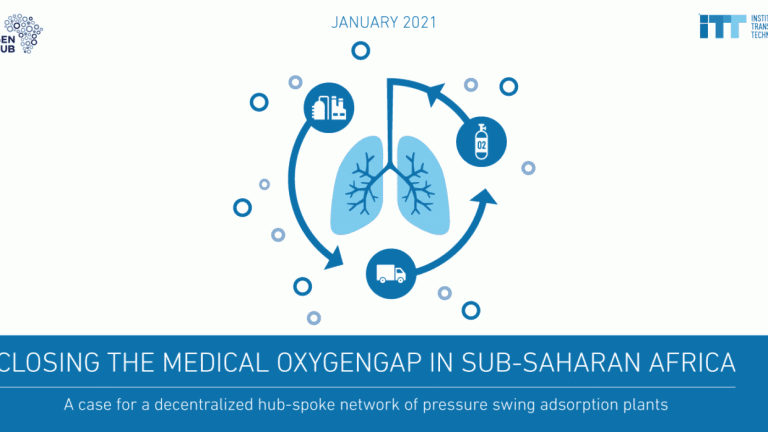Pollution of the air, water, soil and workplace is an important threat to human development. The UN Sustainable Development Goals (SDGs) have a strong focus on reducing environmental pollution (UN, 2015). Specifically, SDG 3.9 seeks to “substantially reduce the number of deaths and illnesses from hazardous chemicals and air, water and soil pollution and contamination” by 2030. Many of the other goals are also related to pollution, including SDG 2.4 on improving soil quality, SDG 7 on clean energy, SDG 9.4 on clean technologies and industrial processes, SDG 11 on sustainable cities and communities, SDG 12 on responsible consumption and production, and SDGs 14 and 15 on conservation of water and land.
People do not intentionally seek to cause pollution, but disposing of waste products into the nearby environment is often the most convenient, and inexpensive, form of disposal. Thus, pollution is an example of indirect, or second-order, environmental consequences of human development efforts (50 Breakthroughs study, ITT, 2014). Throughout human history, people have modified their natural environment in many ways to increase their well-being. In addition to the desired and beneficial first-order environmental changes, these modifications increasingly cause detrimental second-order environmental changes that harm human development efforts (see Exhibit 1).
Exhibit 1. While human actions for improved well-being bring many intended benefits, these actions also lead to indirect consequences that pose long-term challenges. (Source: 50 Breakthroughs study, ITT, 2014)
Based on a recent report from the authoritative Lancet Commission on Pollution and Health (The Lancet, 2017), at least 9 million deaths per year are caused globally due to pollution. Diseases caused by pollution were responsible for 16% of all deaths worldwide in 2015 (see Exhibit 2). Pollution caused three times more deaths than from AIDS, tuberculosis, and malaria combined. Pollution caused 15 times more deaths than from all wars and other forms of violence. In the most severely affected countries, pollution-related disease is responsible for more than one-fourth of all deaths.
These numbers are conservative and consider only well-established links between pollution and disease, thus they underestimate the total impact of pollution. They do not include the emerging effects of known pollutants, such as the effects of air pollution on diabetes, pre-term birth, autism in children, and dementia in the elderly. They also do not include the effects of new and emerging pollutants like endocrine disruptors, new classes of pesticides such as neonicotinoids, chemical herbicides such as glyphosate, and pharmaceutical wastes.

Exhibit 2. Pollution was responsible for about 16% of all deaths globally in 2015, more than was caused by other well-known killers such as tobacco, AIDS, malaria, tuberculosis, malnutrition and war. (Source: The Lancet, 2017)
Air pollution is the largest cause of pollution deaths, responsible for about 6.5 million deaths, according to The Lancet study. About 58% of air pollution deaths are caused by ambient particulate matter pollution, emitted by vehicle exhaust, factory and power plant smokestacks, and crop and garbage burning. About 39% of air pollution deaths are caused by household air pollution from solid fuels used indoors for cooking and heating. The remaining 3% of air pollution deaths are caused by ambient ozone pollution.
Water pollution causes at least 1.8 million deaths per year, according to the study. This number includes only biological pollutants (i.e. sewage), not water-borne chemical pollutants. Occupational exposure to carcinogens and particulates at worksites causes about 0.8 million deaths. Lead pollution causes about 0.5 million deaths per year. Other chemical toxins such as mercury, radionuclides, pesticides, and endocrine disrupters are thought to also cause significant numbers of deaths, but are poorly quantified and not included in these statistics.
Exhibit 3. Air pollution causes most pollution-related deaths, followed by water pollution and occupational exposure. (Source: 2015 data from The Lancet, 2017)
The Lancet report shows that deaths due to traditional pollutants are gradually decreasing, while pollution deaths due to modern industrial development are gradually increasing (Exhibit 4). Traditional pollutants are linked to poverty, and include household air pollution, unsafe water sources and inadequate sanitation, the forms of pollution associated with traditional lifestyles in low-income and middle-income countries. Modern pollutants are linked to industrial development, and include pollution from industrial emissions, vehicular exhausts and chemical releases. These include ambient fine particulate matter (PM2.5), tropospheric ozone pollution, toxic occupational exposures, and soil pollution caused by lead.

Exhibit 4. Deaths from traditional pollutants linked to poverty are gradually decreasing, while deaths from modern pollutants linked to industrial development are gradually increasing. (Source: The Lancet, 2017)
92% of all pollution-related mortality is in low income and middle-income countries, with the greatest number of deaths from pollution-related diseases occurring in rapidly developing and industrializing lower-middle-income countries. In Bangladesh, Somalia and Chad, over a quarter of all deaths are attributable to pollution. Most of these deaths are caused by traditional pollutants (which include household air pollution, unsafe water sources and inadequate sanitation). India and China have, by far, the greatest absolute numbers of deaths due to pollution, in part due to their large populations. In countries such as the United States, Russia and China, most pollution-related deaths are caused by modern pollutants linked to industrial development. In all countries at every level, the health effects of pollution are most frequent and severe among poor and marginalized populations.
Exhibit 5. In some countries such as Bangladesh and Somalia, over a quarter of all deaths are attributable to pollution (top figure). India and China have the greatest absolute numbers of deaths due to pollution (bottom figure). (Source: 2015 data from The Lancet, 2017)
Achieving sustainable global development will require strong action to reduce exposure to environmental pollution. Steady progress is being made to reduce traditional pollutants linked to poverty, such as household air pollution and unsafe water sources. For example, the use of improved cookstoves and modern fuels has reduced household air pollution, and access to improved sanitation facilities has reduced exposure to water-borne fecal pathogens. Nevertheless, there is still much work to be done on this front, as over 4 million people still die annually from traditional pollutants.
Meanwhile, deaths due to modern pollutants linked to industrial development continue to rise, now killing over 5 million people per year (see Exhibit 4). These pollutants are more challenging to eliminate, as they are unintended by-products of conventional development efforts. For example, modern pollutants include emissions from industrial production processes, exhaust from motorized vehicles, and exposure to chemical products such as pesticides. Reducing these pollution sources will require a multi-faceted approach including:
- introduction of technologies that are cleaner throughout their life-cycle, including raw material sourcing, manufacturing, and post-use disposal,
- forward-thinking policies like the Precautionary Principle, which avoids the use of novel products unless the balance of evidence suggests they are safe, and
- more informed consumption patterns based on an awareness of the benefits and risks of decisions and actions.
In many regions there is currently a lack of comprehensive information on the location, extent and sources of environmental pollutants, which constrains effective remediation. This knowledge gap could be reduced by the development and widespread deployment of a network of sensors that detect the levels of the most significant environmental toxins, with transmission of that information to a platform where it is validated and publicly displayed. For this to occur, technological innovations are needed to make inexpensive integrated sensors for the most significant pollutants, as well as a platform for data collection, validation, analysis and dissemination.
References:
- Institute for Transformative Technologies. 2014.
50 Breakthroughs: Critical Scientific and Technological Advances Needed for Sustainable Global Development. http://50breakthroughs.org/ - The Lancet. 2017. The Lancet Commission on Pollution and Health. http://www.thelancet.com/commissions/pollution-and-health
- United Nations. 2015. Sustainable Development Goals. https://sustainabledevelopment.un.org/sdgs
Roger Sathre is Chief Scientist at the Institute for Transformative Technologies, and one of the authors of the 50 Breakthroughs study. He is currently finalizing a technology roadmap for water security in South Asia, which includes the issues of water pollution in the region.










